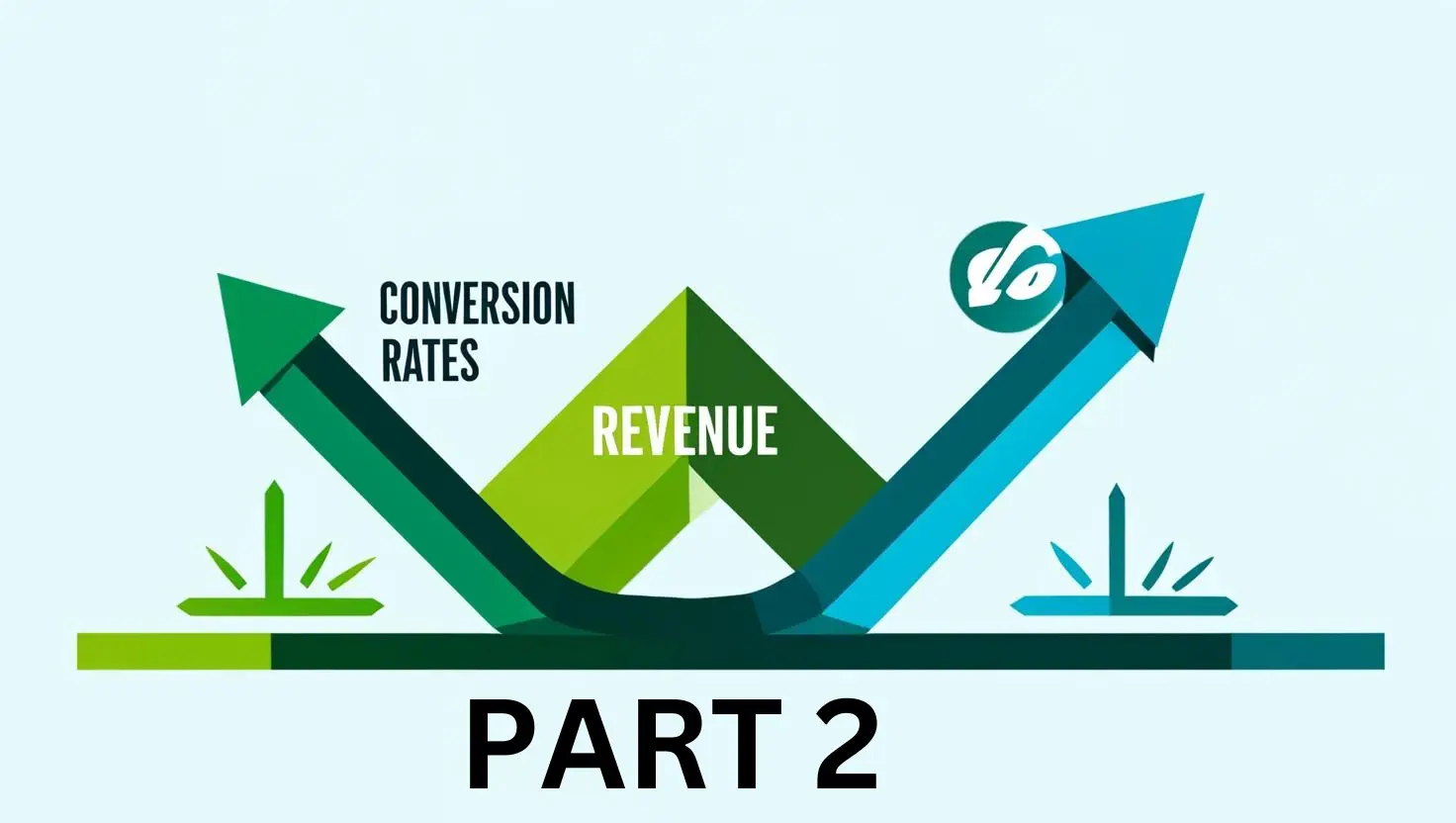Affiliate Marketing is a valuable and proven channel. However, when it comes to rolling out a new program, it’s not just a case of “if you build it, they will come”. A smooth launch involves a structured approach with distinct phases, each requiring careful planning, execution, and monitoring to ensure success going forward.
The entire process, from planning to full-scale optimization and long-term management, can span anywhere from 6 months to a year, depending on the size of the program and resources available. Please note, these are average estimations. Some companies are more nimble and able to move more quickly to get up and running in a shorter period.
Phase 1: Planning and Strategy Development (2 – 4 weeks)
- Define Program Objectives – Establish clear goals for your affiliate program, such as increasing sales, expanding brand reach, or enhancing customer acquisition.
- Identify Target Audience and Affiliates – Define your ideal customer profile and the type of affiliates (content creators, bloggers, influencers, coupon sites, etc.) who can effectively reach them.
- Competitor Analysis – Analyze competitors' affiliate programs to understand what’s working in your niche and identify potential gaps or opportunities.
- Set Commission Structure – Determine how affiliates will be compensated, including commission rates, payout structures (e.g., pay-per-sale, pay-per-lead), and any performance bonuses.
- Budgeting – Allocate a budget for affiliate commissions, technology (software platforms), marketing materials, and administrative costs.
Phase 2: Platform Selection and Setup (3 – 6 weeks)
- Choose an Affiliate Management Platform – Select an affiliate tracking platform that aligns with your business needs and budget.
- Technical Setup – Integrate the chosen platform with your website, CRM, and analytics tools. This includes setting up tracking for clicks, conversions, and sales.
- Create Program Terms and Conditions – Draft a clear and comprehensive set of rules that govern your affiliate program, covering everything from payment schedules to promotional guidelines.
Phase 3 – Recruitment and Onboarding of Affiliates (4 – 8 weeks; ongoing as the program scales)
- Develop Recruitment Strategy -Identify channels for affiliate recruitment such as social media, industry forums, and email outreach.
- Create Promotional Materials – Develop banners, product feeds, email templates, and other marketing assets that affiliates will need to promote your brand.
- Onboarding Process – Create a streamlined onboarding process that includes registration, approval, and initial training on your brand, products, and best practices for promotion.
Phase 4: Program Launch (2 – 4 weeks)
- Soft Launch – Start with a small group of affiliates to test tracking, conversions, and overall program functionality. Use this phase to identify any issues or areas for improvement.
- Full Launch – Once the soft launch is successful, open the program to a broader audience of affiliates.
- Initial Performance Monitoring – Track key metrics such as click-through rates, conversion rates, and ROI. Make initial adjustments as needed.
Phase 5: Optimization and Scaling (Ongoing; initial optimization phase 3 – 6 months)
- Analyze Performance Data – Regularly review affiliate performance data to identify top-performing affiliates, traffic sources, and promotional tactics.
- Optimize and A/B Test – Conduct A/B testing on marketing materials, landing pages, and offers to maximize conversions.
- Scale Up Recruitment – Expand your recruitment efforts to bring on more affiliates and diversify your affiliate base.
- Incentivize Top Performers – Offer bonuses, higher commissions, or exclusive promotions to reward and retain your best affiliates.
Phase 6: Long-Term Management and Evaluation (Ongoing)
- Regular Performance Reviews – Conduct quarterly or monthly reviews of the program’s performance against KPIs and goals.
- Affiliate Engagement – Maintain regular communication with affiliates through newsletters, webinars, and personal check-ins to keep them motivated and informed.
- Program Updates – Continuously update the program with new offers, products, and promotional materials to keep affiliates engaged.
- Compliance Monitoring – Ensure that affiliates adhere to program terms and conditions, including FTC guidelines for disclosures.
Be sure to include other teams, departments and stakeholders in appropriate phases of the launch.
- Affiliate Manager(s) – To oversee the program, manage relationships, and drive growth.
- Technical/IT Team – For platform integration, tracking setup, and troubleshooting.
- Marketing Team – For strategy, recruitment, content creation, and ongoing communication.
- Finance Team – To handle budgeting, payments, and financial forecasting.
- Legal and Compliance Team – To draft legal documents and ensure compliance with regulations.
- Analytics and Data Experts – For performance tracking and insights.


